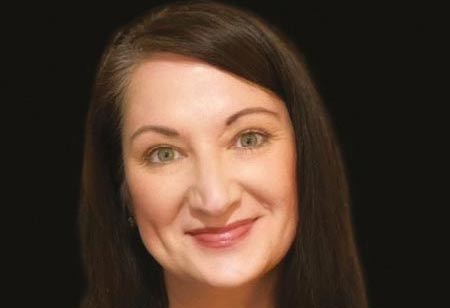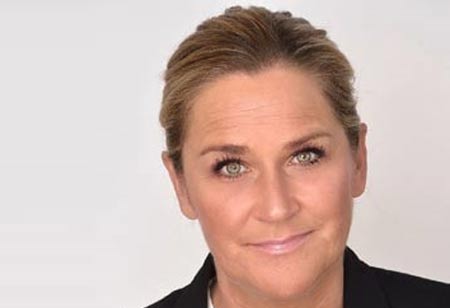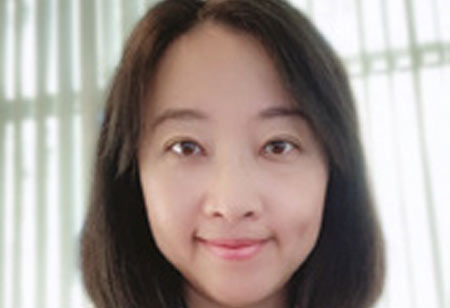THANK YOU FOR SUBSCRIBING

Transforming Pharmacovigilance Using Technology - Help or Hype?
Sebastian Horn, Vice President, Head of Global Patient Safety & Pharmacovigilance, Teva Pharmaceuticals

 Sebastian Horn, Vice President, Head of Global Patient Safety & Pharmacovigilance, Teva Pharmaceuticals
Sebastian Horn, Vice President, Head of Global Patient Safety & Pharmacovigilance, Teva PharmaceuticalsFor decades, companies have tried to solve the same problems in Pharmacovigilance (PV): improve compliance, reduce costs, increase employee engagement. Approaches have typically included
• Simplification
• Off-shoring
• “Patient first” mantras
How can technology help?
With advancements in computing power and user interface design, including touchscreens and voice control, automation and robotics are becoming more common in the PV space. Projects are labeled “digital” to make them look attractive and innovative, yet many initiatives have failed to deliver on their promises. Even the most operational areas such as case processing have not been able to develop fully compliant computerized systems over decades of work on them. Here we take a closer look at IT advancements that could possibly substantially change the future of patients, PV departments, and healthcare companies.
Case processing
Current: Every company and every Health Authority has its own Pharmacovigilance database. Future: What if… there was ONE global database, “Globovigilance?” No more excessive focus on “15-day reporting timelines,” but clear data entry standards, ensuring a consistent data set, with any case to be entered in, let’s say, 30 days. No more “ping-pong” of cases between databases, no duplicates, no more need for PV agreements, reconciliation, data migration, serious or non-serious complexities. All cases globally -- which no database offers today in the current fragmented approach, by the way -- would be directly available for scientific purposes of cumulative signal detection and evaluation.
Most of the headcount (and money) in PV is still spent on case processing mainly because of the need to turn unstructured data, i.e., human language, into structured data, i.e., fields in the database. So automating case processing in PV requires to structure the data input; replacing e-mails and phone calls with touch screen user interfaces with drop-down menus, for example. This would remove the need for large data entry teams and make the process quicker and more compliant, allowing the in-house teams to interpret the data rather than get it “in and out” of the database in the short timelines available.
Product labels
Current: printed package inserts Future: What if… we had individualized electronic labels? An initial implementation could turn printed labels into electronic labels, pushed through an App. Patients could receive the latest information within seconds (rather than years), and companies would reduce their liability risk of informing about newly identified risks “too late and too little.” Costs? Considering the printing costs and related write-offs, and the liability costs of billions of dollars in recent cases, costs are an opportunity rather than a threat.
Individualized labels
would use the cumulative patient stories in “Globovigilance,” and when patients enter their patient story, the Artificial Intelligence would come up with, as an example, the likelihood of their arrhythmia being related to one of their products, or to their diabetes, or their high thyroid stimulating hormone. So patients would be informed of their individual risk, rather than the general arrhythmia incidence with product X being “rare.”
Risk Management & Risk Minimization
Current: new risks are communicated via “Dear Doctor Letters” (yes, snail mail!) Future: What if… they are communicated via a central App? Imagine a “Facebook” for medicinal products. Users “follow” their products (those they use or prescribe) and get notified of relevant new information, always at their fingertips when they need it – not when the company needs to send it. Think about the printing and mailing costs saved, and the less “noise” created compared to media alerts for patient level recalls, for example.
Quality Management System
Current: hundreds of Standard Operating Procedures (SOPs) Future: What if… no more SOPs, no more trainings, no more non[1]compliances Compliance and Quality Management considerations have made us believe that “there is no problem which cannot be solved with a more extensive SOP.” These have to be written, updated, trained, and their implementation controlled, resulting in deviations, audit / inspection findings, Corrective and Preventative Actions (CAPAs) which more often than not include “let’s write / add something to an SOP” - and the circle starts again.
“The cleanroom technology market is expected to reach a value of USD 8.87 billion by 2026, at a CAGR of 5.45% ”
What is the ideal number of SOPs? Zero.
Once processes are hard-wired into workflows, the computer carries the task from person to person (or from bot to bot) with context and relevant instructions on how to perform the task. So no more need to remember the content of the training done six months ago. Who has ever received an SOP on the process of reimbursements? It is a simple “yes / no / back with questions” task, the rest is done by the computer, so there is no need to know all process steps. Why not do this with other processes?
What’s next?
So, yes, seemingly infinite possibilities inspired by new capabilities brought by technology can help us to think differently – not from the PV department perspective but from the patient perspective, and then backward engineer from there. Thinking approaches from the patient require us to break down silos, silos between countries and companies. Patients will not want to have 10 label Apps and 10 AE reporting Apps on their smartphone, for the 10 products they take, all with different functionalities and different User Interfaces.
They will want one App for all products. Digitalization means Globalization and requires a true patient-centric focus, not a company-centric focus. Collaborating on digitalization in PV is an opportunity to deliver on patient centricity and to reduce costs, improve compliance, and increase employee motivation along the way
Read Also























ON THE DECK